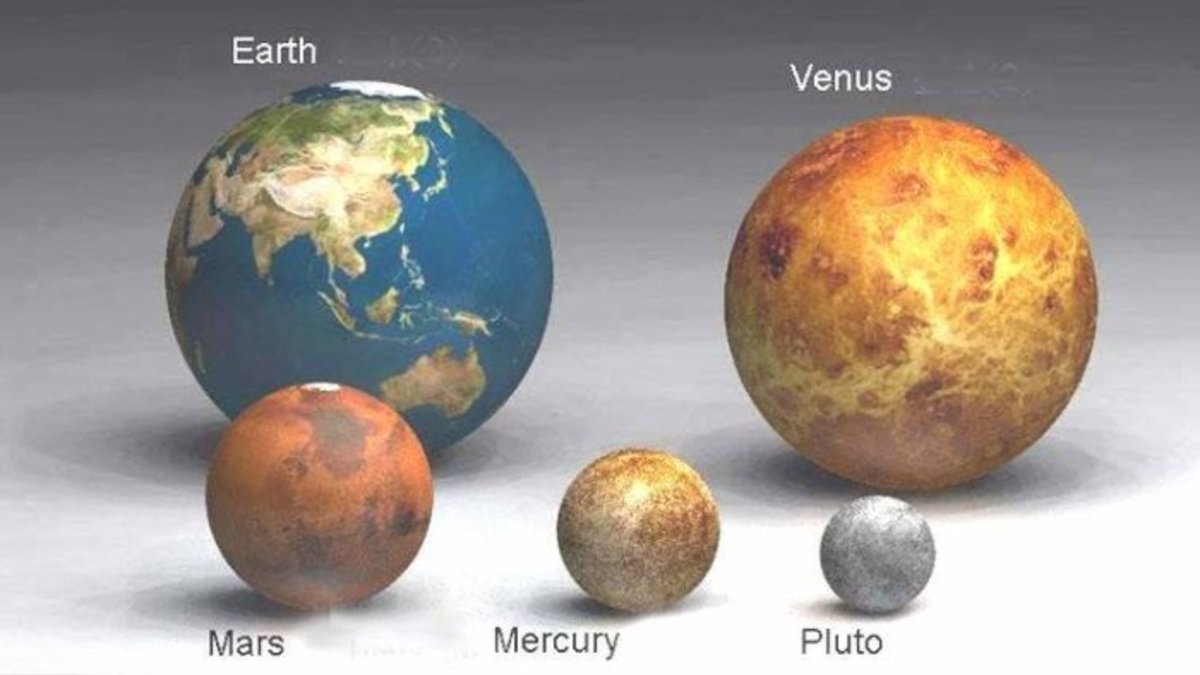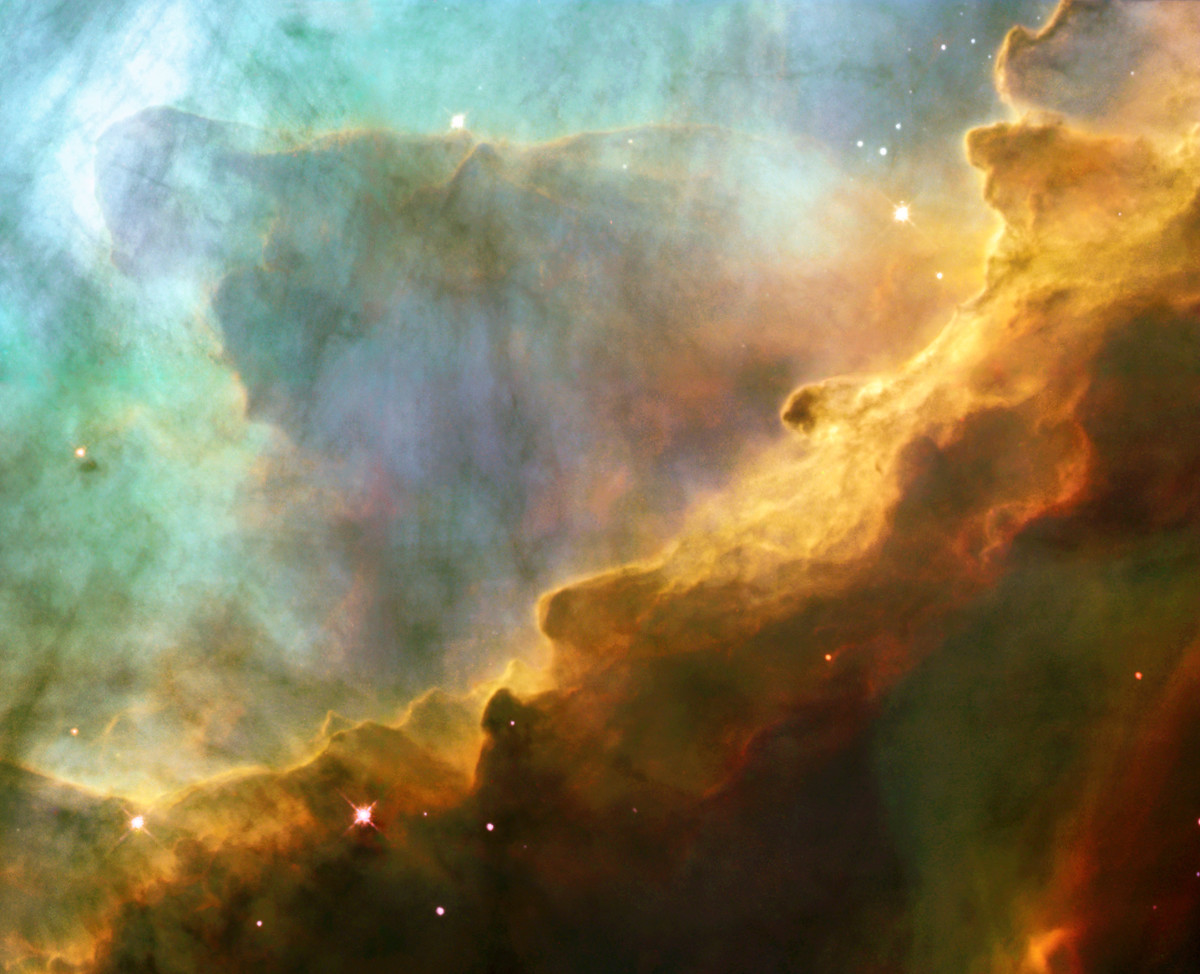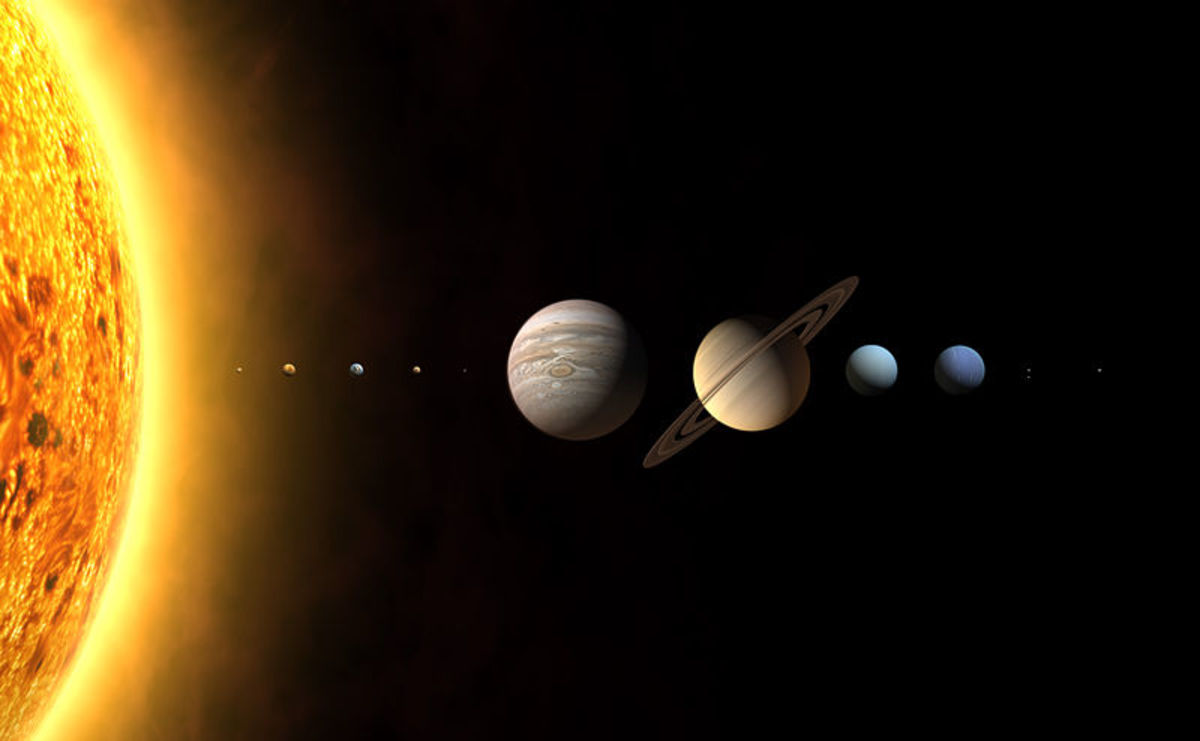studying the sun in the solar system
The 19th-century French astron- omer Jules Janssen risked his life to see an eclipse of the Sun. From the Earth, the Sun's outer atmosphere. known as the corona, can be seen well only during a total eclipse. Janssen knew that such an eclipse was due to pass across Oran in Algeria during 1870. But he was trapped in Paris by the besieging German army at the height of the Franco-Prussian War.
Determined to get to Oran, he made a daring escape from the city by balloon, floating across the German lines and then hurrying south. In the end. however. his journey was wasted. The eclipse happened on schedule. and Janssen was in the perfect position to see it. Unfortunately. the sky was solidly overcast-and he saw nothing at all.
The Sun, like most other stars. broadcasts radio waves as well as light. The Sun's transmissions were discovered in 1942 during the Second World War by a team of British scientists under John Hey. When the scientists first picked up the crackling noise on their receivers they did not realise that the interference was from the Sun: they put it down to deliberate jamming by the Germans.
Towards the end of its life,some 5000 million years from now, the Sun will swell up into a red giant which will engulf the planets, including Earth, as far out as Mars. Most of its bulk will then be a glowing ball of gas containing about half of its total mass. The remaining half will be a much denser and much smaller core. If the red giant Sun were the size of an ordinary living room, its energy-generating core would, on the same scale, be no larger than the full stop at the end of this sentence.
The first supernova (exploding star) to be discovered outside our own Galaxy was spotted in August I885-during a party in Hungary. The supernova was seen through a small telescope which the party's hostess, a Hungarian named Baroness de Podmaniczky, set up on her lawn and turned towards an object then known as the Andromeda Nebula (now known to be an external galaxy).
The baroness - one of several independent observers to discover the supernova within a few days of each other - noted that there seemed to be a 'little star' in the nebula and this was confirmed by one of her guests, a professional astronomer called de Kovesligethy. Some 2 million light years from the Earth, (the official designation of the supernova) was, at its peak, at least 15 million times more luminous than the Sun. Then it faded again. In apparent mag- nitude, however (its brilliance as it appeared in the sky), it remains the brightest supernova ever to have been seen in an outer galaxy.
Astronomers in the world's oddest observatory cannot see the sky at all, and do not need to. The observatory is about I600m (1 mile) underground in an old mine in the western United States, and its 'telescope' consists only of a huge tank of cleaning fluid. Yet it can 'see' into the core of the Sun better than any visual observatory in existence.
The reason has to do with a sub-atomic particle called a neutrino. Neutrinos have no electrical charge and virtually no mass. As a result. they can pass through most forms of matter unchecked - a property which makes them extremely difficult to detect. Most ofthe radiation generated at the Sun's core is absorbed by the Sun's surface layers. Neutrinos, however, once created, are unaffected by the outer layers and so provide a direct indication of the activity in the core.
Neutrinos are also largely unaffected by the Earth, so most pass straight through without even slowing down. But they can sometimes react with atoms of chlorine-hence the tank of cleaning fluid which is rich in chlorine. By monitoring the reactions in the tank, scientists can gauge the number of neutrinos reaching the Earth, and thus the number being produced by the Sun. The tank has to be so far under- ground in order to block cosmic rays which would otherwise swamp the neutrinos' effects.
The smallest stars known are neutron stars, so called because their electrons and protons have been crushed together to form the sub-atomic particles called neutrons. A typical neutron star is only about 25km (15 miles) across, yet it may contain as much mass as a star the size of the Sun.
As a result, a pinhead of neutron star material would weigh about 1 million tonnes-as much as two of the world's largest supertanker ships put together. Neutron stars are believed to be the remnants of large stars which have erupted as supernovae at the end of their lives.
Their intense gravity has the effect of concentrating the powerful radiation they give off into beams. Since many neutron stars also spin, the radiation sweeps across space like the beam from a lighthouse. As the beams flash past Earth, the star seems to pulse with energy-which is why rotating neutron stars are known as pulsars.








